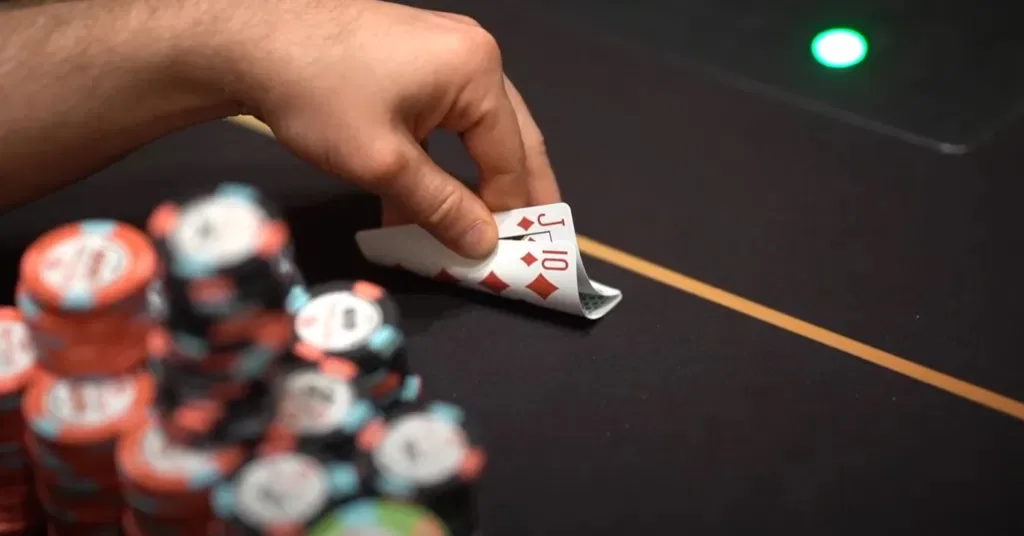
Razz Poker Guide: Mastering the Game of Lowball
Razz poker is a fascinating variant of the classic seven-card stud poker, focusing on achieving the lowest possible hand. Unlike traditional poker games where the highest hand wins, Razz flips the concept, making it a unique challenge for poker enthusiasts. In this guide, we’ll delve into the essentials of Razz poker, providing you with the knowledge and strategies needed to excel in this lowball variant.
Understanding Razz Poker: Rules and Basics
Razz poker follows a similar structure to seven-card stud but with a crucial difference—the objective is to form the lowest possible five-card hand. The best possible hand in Razz is A-2-3-4-5, commonly referred to as a “wheel.” Each player receives seven cards, and the lowest five-card combination determines the winner. Unlike other poker variants, straights and flushes are disregarded, and aces are always low.
The game typically begins with each player receiving three cards—two hidden and one visible to all players. The player with the highest visible card must post a “bring-in” bet to initiate the action. Betting proceeds in rounds, with players receiving additional cards until the seventh and final card is dealt face down. The player with the lowest hand wins the pot.
Strategies for Successful Razz Play
Mastering Razz poker requires a distinct set of strategies, focusing on reading opponents and recognizing strong starting hands. Starting hand selection is critical in Razz; hands featuring low cards (A-2-3) are ideal. Observing opponents’ upcards can provide valuable information about the likelihood of them forming low hands, influencing betting decisions and hand development.
Aggression can be a valuable tool in Razz poker, especially when holding a strong low hand. By betting and raising, you can pressure opponents into folding weaker hands. However, caution is necessary, as over-aggression can lead to unnecessary losses if opponents hold stronger low combinations.
Key Considerations: Position and Card Visibility
In Razz poker, position plays a vital role in decision-making. Being in a late position provides the advantage of observing opponents’ actions and the cards they reveal before making your move. This allows for more informed decisions, maximizing the potential for profitable plays.
Card visibility is another critical aspect. Keeping track of exposed cards helps in calculating the odds of forming low hands and gauging opponents’ potential holdings. The more cards you can observe, the better equipped you are to make strategic decisions, avoiding pitfalls and capitalizing on opportunities.
Playing in an early position requires a more conservative approach, as fewer cards are visible, and the risk of stronger hands behind you is higher. Adjust your strategy accordingly, playing strong starting hands more aggressively and folding marginal ones.

Advanced Razz Techniques: Bluffing and Deception
While Razz is primarily about forming the lowest hand, bluffing remains an integral part of the game. Experienced players can use their opponents’ tendencies and the visible cards to execute successful bluffs, representing stronger hands than they actually hold. However, successful bluffing in Razz requires a keen understanding of opponents’ play styles and betting patterns.
Deception in Razz also involves varying your play. By occasionally playing stronger hands passively and weaker hands aggressively, you can confuse opponents and keep them guessing about your true holdings. This unpredictability can lead to mistakes from opponents, allowing you to capitalize on their errors.
Bluffing and deception should be used sparingly and with caution. Overuse can lead to exposure, making it easier for opponents to counter your plays. Balance is key, ensuring that your bluffs are credible and your true intentions remain concealed.
Another advanced technique involves slow-playing strong low hands, allowing opponents to build the pot before revealing your strength. This can maximize winnings, especially when opponents believe they hold the best hand and continue betting aggressively.
Razz Poker Tournaments: Tips for Success
Razz poker tournaments offer unique challenges and require specific strategies for success. Early stages of the tournament should focus on building a strong chip base, playing cautiously and avoiding unnecessary risks. Choose your starting hands wisely, and avoid over-committing chips in marginal situations.
As the tournament progresses, adapt your strategy to the changing dynamics. In the middle stages, increase aggression, exploiting weaker players and taking advantage of position. Look for opportunities to steal antes and bring-in bets, building your stack without confrontation.
In the final stages, play becomes more aggressive, with players vying for the top positions and larger payouts. Adjust your play to the opponents and chip stacks, being prepared to take calculated risks. Focus on preserving your stack, avoiding unnecessary confrontations unless you hold a strong hand.
By understanding the unique aspects of Razz poker and employing effective strategies, you can enhance your chances of success in both cash games and tournaments. Remember, Razz is as much about skill and strategy as it is about the cards dealt. Master the nuances, and you’ll find yourself ahead of the competition.
